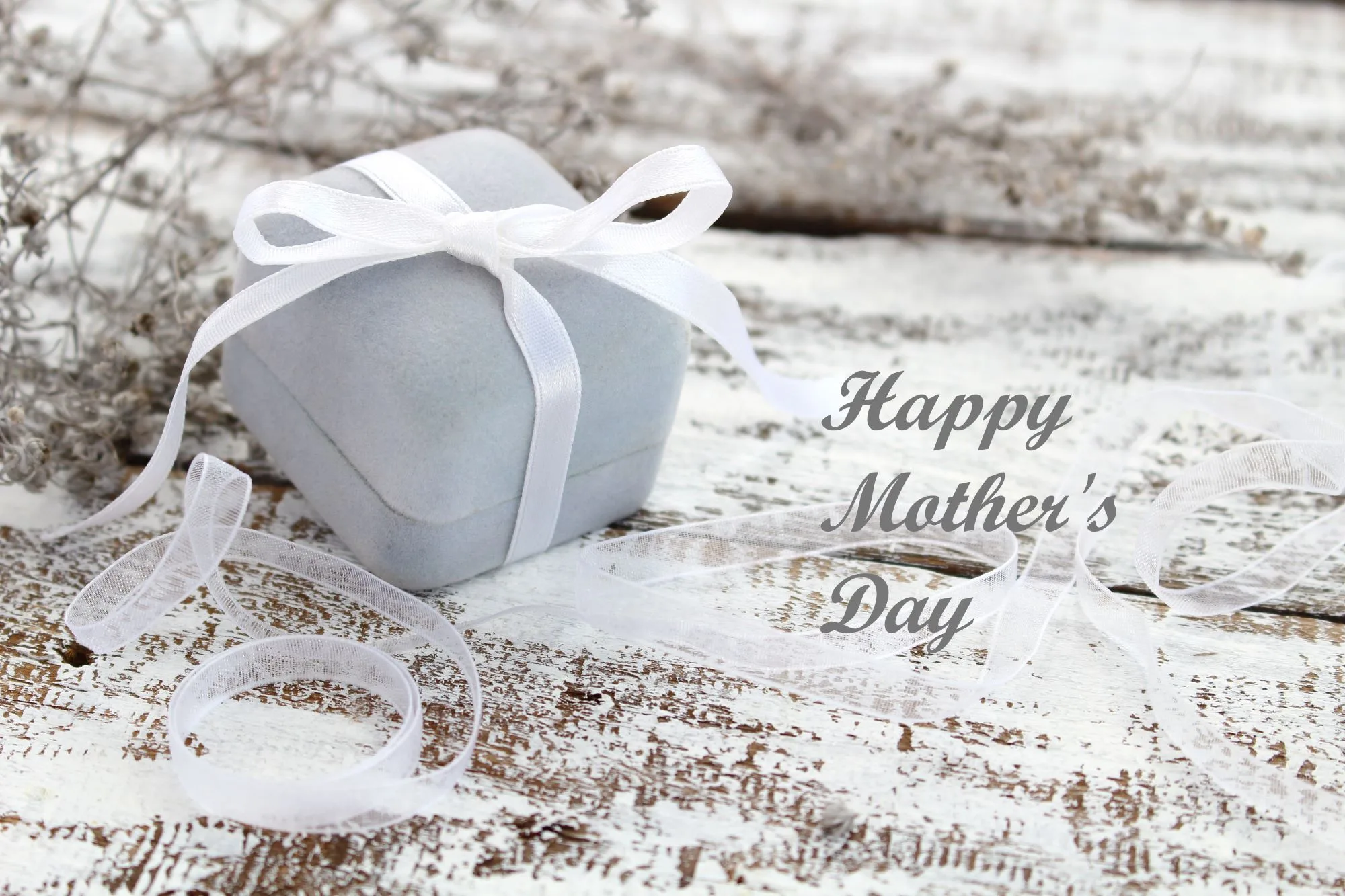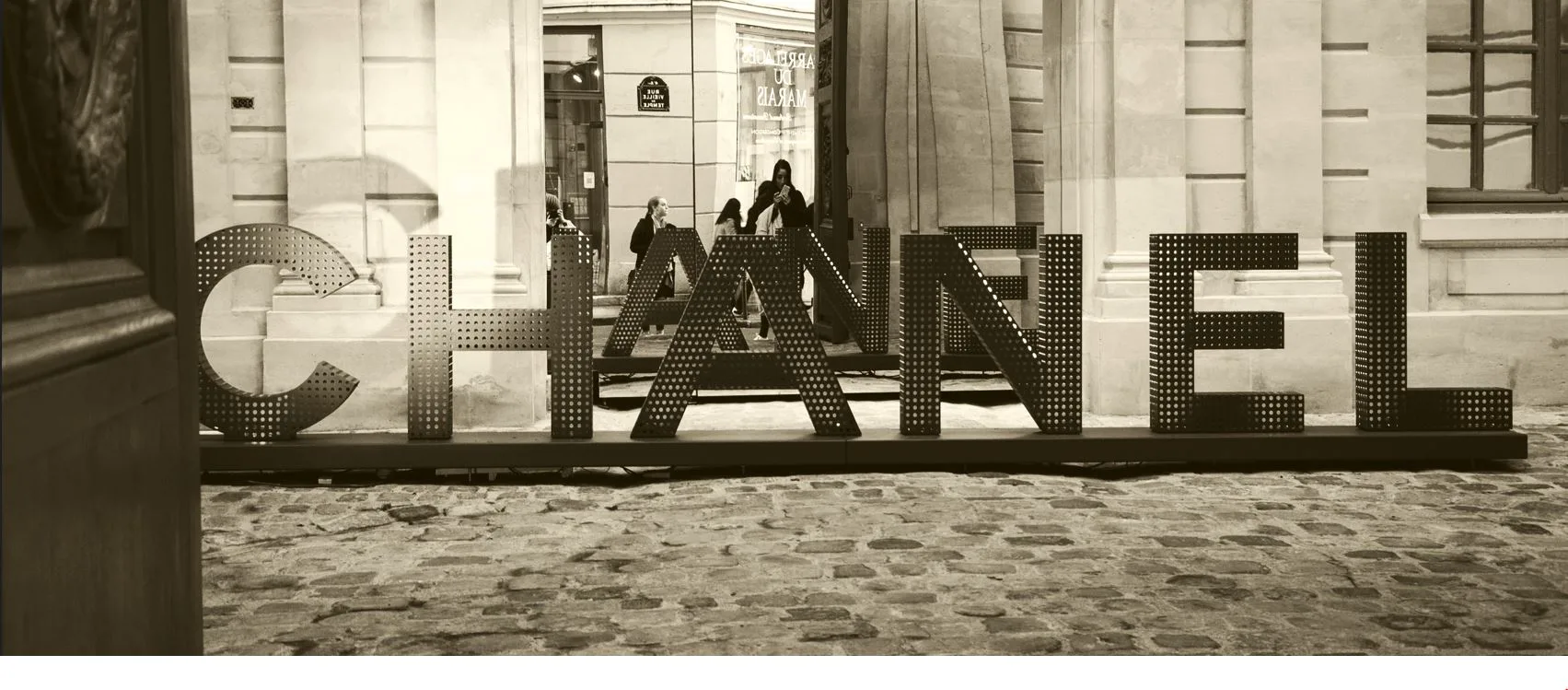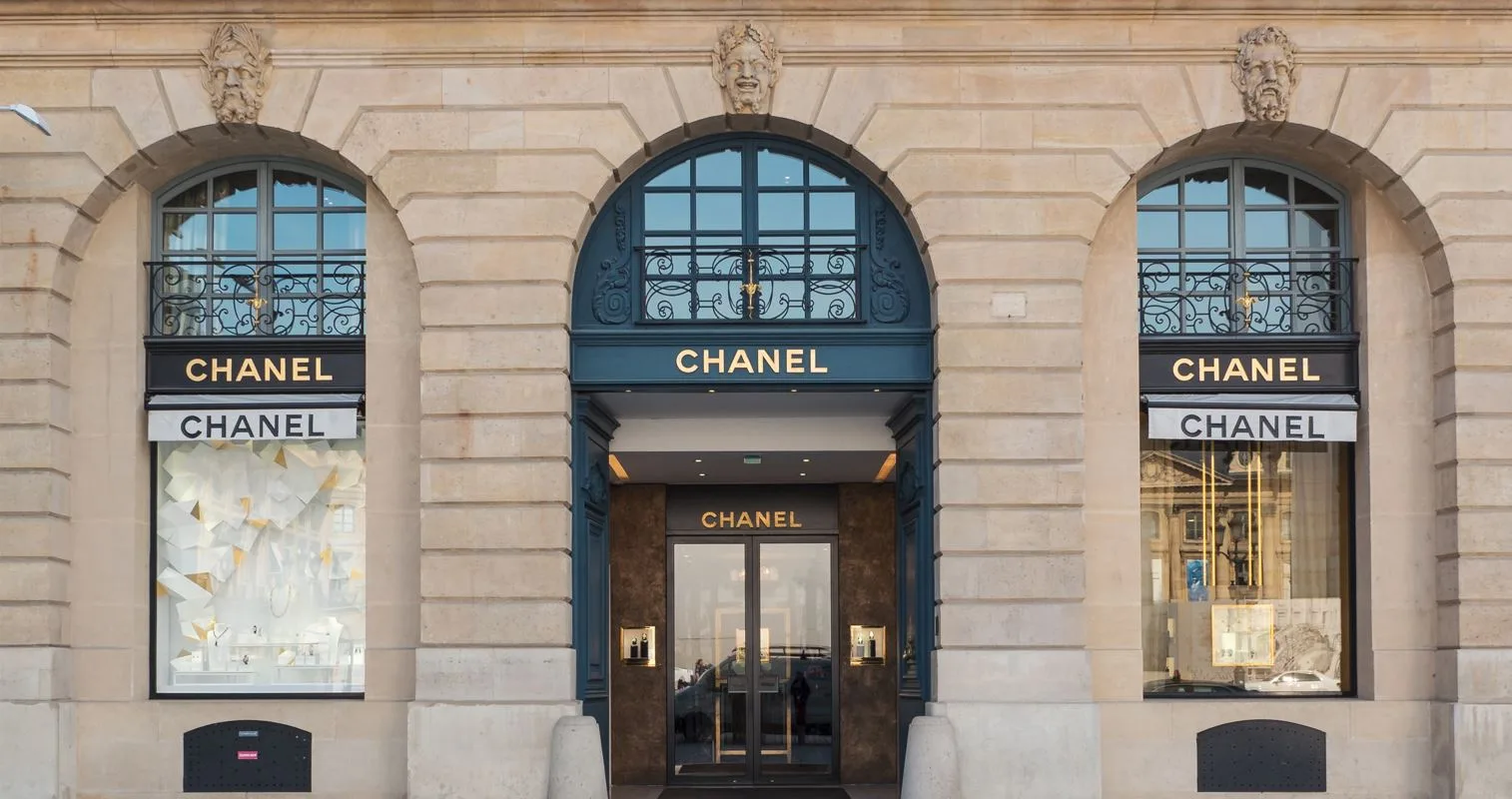In an interview, Andrew Bolton of The Costume Institute at New York City’s Met Museum, explains the layers of the late designer’s 65- year-long career
If one were to assess Karl Lagerfeld’s contribution to the modern fashion landscape, it wouldn’t really be a new wardrobe. Sure, he revolutionised the merger of hip-hop culture and high fashion and dressed the who’s who of the industry but it was his sharp eye for business, marketing and brand reinvention that kept him popular throughout his 65-year career.
He was responsible for changing the fortunes of labels like Chanel, Fendi and Chloé. He did stints at Balmain and Patou, and built his own brand. A marketing genius, he often hosted his fashion shows on larger-than-life sets (such as a rocket ship at Paris’ Grand Palais in 2017, or an India-inspired show in 2011, also in the French capital).
Lagerfeld, who died in 2019 at the age of 85, was also known for his strong views, many of them fat-phobic, racist and sexist. Small wonder then that when it was announced that the 2023 Met Gala in May would pay tribute to the late designer in the form of a retrospective show and a Karl Lagerfeld-inspired dress code, some weren’t happy. Was it fair to celebrate a person with such problematic views?
Karl Lagerfeld: A Line Of Beauty at The Metropolitan Museum of Art in New York, which celebrates his craft, offers an answer.
“We wanted to focus only on his work,” Andrew Bolton, the curator in charge of the museum’s Costume Institute, says on the phone. Over 150 pieces are on display, accompanied by Lagerfeld’s sketches, documenting his fashion from the 1950s to his final collection in 2019. Each piece, whether it’s a glittering skirt suit or a gown with a fish-scale-like train, is a visual treat, showcasing how different countries, including India, art and philosophy influenced his work and explaining what kept him relevant.
Andrew Bolton, the curator in charge of the museum’s Costume Institute
In an interview with Lounge, Bolton talks about putting together the show, and Lagerfeld’s legacy. Edited excerpts:
Each piece is displayed in clean, neat panels, without frills. What was the thought behind it?
I really wanted the viewer to focus on the complexity and layers of his work. He was known for his great extravaganzas, especially at Chanel. Sometimes, when I left those shows, I used to be so overwhelmed by the scenography that I used to realise I had not paid much attention to the clothes because the environment was so powerful. This is his first retrospective and I wanted it to be just about his work and craft, and the only way one can do that is by giving each garment its space, so that there’s no hierarchy. We have treated each garment very democratically.
What was the planning process like?
It was overwhelming to begin with because Karl’s career lasted 65 years. That’s an enormous amount of time, and an enormous body of work, more so since he worked in different houses simultaneously. There was Fendi, Chloé, Chanel and his own label…so it was all very overwhelming, but I wanted to focus on his creative process, and, particularly, the evolution of his two-dimensional drawings into complete garments. That helped me focus on the actual narrative of the exhibition.
So, the first thing I did was survey Karl’s career through all his collections, and particularly the full collection that he was working on from the 1980s onwards, while he was trying to establish his own label. And then I went through the archives to see what all was available. From there, we started grouping the pieces into themes. I think I probably went through over 10,000 images, and about 20,000 pieces in total, and narrowed it down to about just under 200. This exhibition is more like an essay on Karl than a traditional retrospective.
Any one theme that emerged while you were putting together the show?
That’s a good question. I think there was this general opinion that Karl was a chameleon and that he didn’t really have a strong stylistic vocabulary of his own… that he was channelling Chanel, for example, while at Chanel. I don’t think that was the case. When you go through the exhibition, you will notice this one silhouette that keeps repeating.
It’s what I call the Oskar Schlemmer silhouette that was nspired by the artist who was associated with the Bauhaus school. Broad shoulders, very high armhole, a lower than natural waist, and defined hips. You see that silhouette across all the houses he worked for. One of the things that we wanted to do was define and articulate his stylistic vocabulary that was specifically his own lexicon across the different houses.

He was also an opinionated man who didn’t mince words. Did you keep that in mind while putting together the exhibition?
Since there was already so much talk and discussion about the man and his words, I really wanted to focus on his work because that was his true legacy.
But we did look at the sort of complications and the sort of problematic character of Karl by staging the exhibition in various dualities. So as you go through the show, there are nine dualities (like “Masculine Line/Feminine Line”, “Romantic Line/Military Line”, “Rococo/Classical”) and they sort of hint indirectly at the sort of complications and contradictions of Karl.
Did you ever interact with him?
I had watched his shows earlier but the first time I actually met him was in 2004, when I was working on a Chanel exhibition. It (the show) was basically a conversation between Karl and Coco, looking at the house codes. The first thing he said to me was: “You know, fashion does not belong in a museum. Fashion belongs on women’s bodies in the street.” I think he believed very strongly that fashion was a dynamic art form best seen on people’s bodies rather than on static mannequins. He was rather anti the idea of fashion exhibitions. Having said that, whenever we asked to borrow something from his archives, he never said no.
He was intimidating, obviously, you know, because he was so quick and witty and had an enormous amount of knowledge. I was always so impressed by his curiosity. I think that’s what struck me the most about Karl and the reason I think he succeeded for so many years: He was always immensely curious. And he always wanted to be relevant. And he always wanted to be in touch with the zeitgeist. I don’t think any other designer has stayed relevant for over six decades; it was because of this curiosity.

A wedding dress sketch by the late Lagerfeld.
What inspired him?
He was a democratic snob. His influences came from everywhere, from countries, art and films and music and literature and philosophy. Having said that, I think he probably approached his work more intellectually than emotionally. Unlike someone like Alexander McQueen, who was more emotional, Karl was more intellectual.
And perhaps more practical?
Oh, definitely. That’s one of his biggest contributions to fashion. He approached fashion as both an art and a business. He created the identity of the fashion design impresario that really has become the blueprint of contemporary fashion designers. His creativity went beyond fashion, to photography to interior design, to writing, publishing. He was such a chameleon and such a polymath and fashion design impresario, and that, I think, this is his true legacy.
Karl Lagerfeld: A Line Of Beauty is on at The Met museum, New York, till 16 July . For details, visit www.metmuseum.org.




